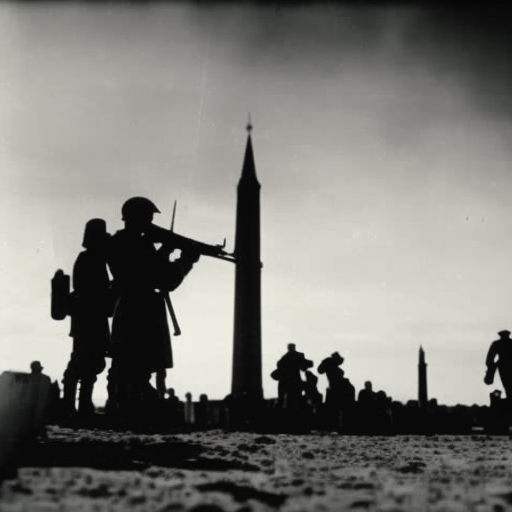Summary: War of the League of Cambrai
The War of the League of Cambrai was a conflict that took place from 1508 to 1516 between the Republic of Venice and an alliance of European powers, including France, the Papal States, and the Holy Roman Empire. The war was primarily fought over territorial disputes in Italy and marked a significant shift in European power dynamics.
Background
In the late 15th and early 16th centuries, Italy was a fragmented region with numerous city-states vying for power and control. Venice, a wealthy maritime republic, had expanded its territories on the Italian mainland, which caused concern among its neighbors. The Papal States, France, and the Holy Roman Empire saw Venice’s expansion as a threat to their own interests and sought to curb its influence.
The Formation of the League
In 1508, Pope Julius II formed the League of Cambrai, an alliance aimed at weakening Venice. The league consisted of France, the Papal States, the Holy Roman Empire, and several other Italian states. Their primary goal was to divide Venice’s territories among themselves and reduce its power in the region.
The War Begins
In 1509, the league launched a joint military campaign against Venice. The French army, led by Louis XII, invaded northern Italy, while the Papal States and the Holy Roman Empire attacked from the south. Venice initially struggled to defend its territories and suffered several defeats.
The Battle of Agnadello
One of the most significant battles of the war was the Battle of Agnadello in 1509. The French and their allies decisively defeated the Venetian army, leading to the capture of several key cities. This victory further weakened Venice’s position and bolstered the league’s confidence.
Changes in Alliances
However, the league’s unity began to crumble as individual members pursued their own interests. Pope Julius II, concerned about French dominance in Italy, switched sides and formed an alliance with Venice in 1510. The Holy Roman Empire also withdrew from the league, leaving France as the primary antagonist against Venice.
The League Dissolves
By 1512, the league had effectively dissolved, with France and Venice engaging in separate conflicts. The war dragged on for several more years, with both sides experiencing victories and setbacks. In 1516, a peace treaty was finally signed, ending the war.
Consequences
The War of the League of Cambrai had significant consequences for Italy and Europe as a whole. Venice, once a dominant power in the region, lost much of its mainland territories and was forced to focus on its maritime interests. The war also highlighted the shifting alliances and power struggles among European nations, setting the stage for future conflicts.
Conclusion
The War of the League of Cambrai was a pivotal event in European history, marking a turning point in the balance of power in Italy. The conflict demonstrated the fragility of alliances and the pursuit of individual interests among European powers. Venice, once a formidable force, was significantly weakened, while France emerged as a major player in Italian affairs. The war’s legacy would shape future conflicts and diplomatic strategies in the region.












